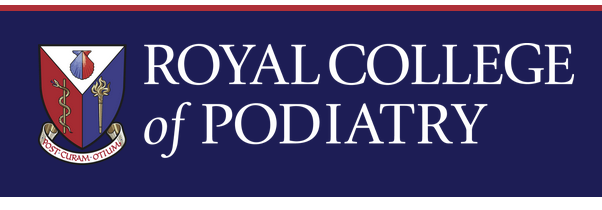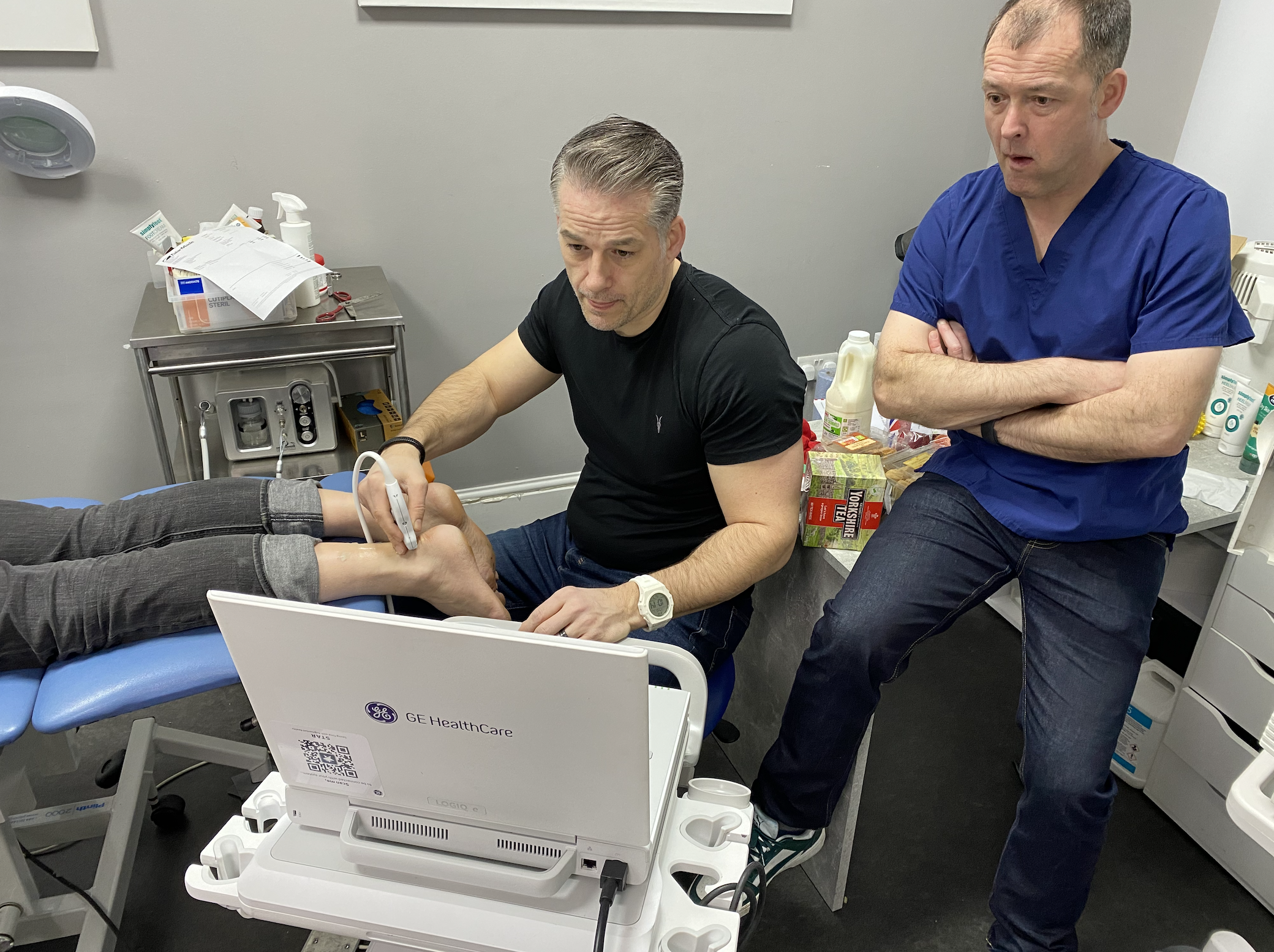Podiatry Clinics in Yorkshire. Specialising in MSK Podiatry, Foot Orthoses and Gait Analysis. UltraSound Scans, Guided Injections, Rehabilitation and High Quality Chiropody Treatments
Here at Podiatry Clinics (Yorkshire) Ltd, we have over 30 years experience in Podiatry. We are the oldest established Podiatry practice specialising in Musculoskeletal, Sports Podiatry and Lower Limb Biomechanics in this area. We have some of the most experienced practitioners in Musculoskeletal Podiatry in the country. We offer Ultra Sound Scans to help confirm Diagnoses and to deliver guided injections. We have 3D running analysis equipment for those struggling with injuries or just wanting to improve their running technique. We have Shockwave available for Plantar fascia and Achilles tendon issues and a Thor Laser to help speed up healing times.















